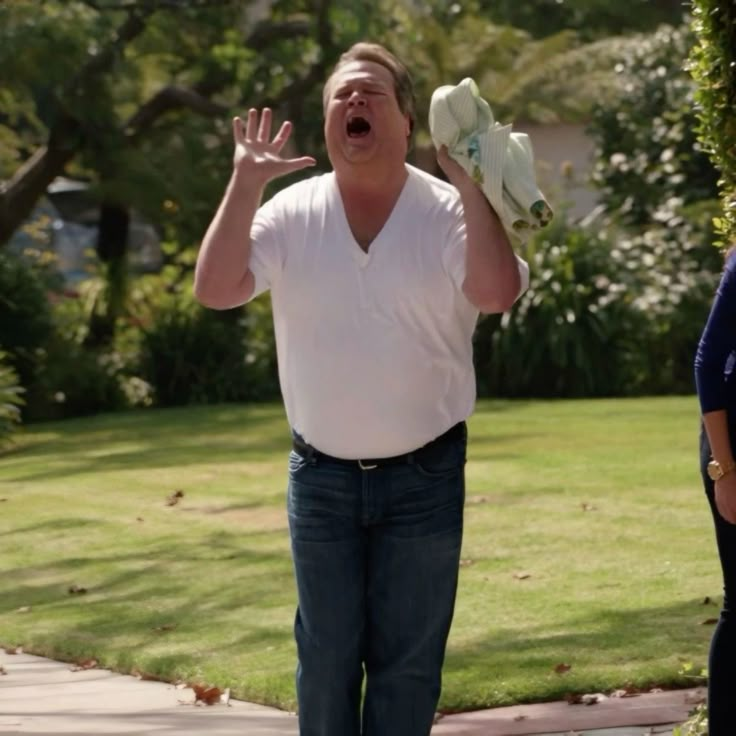Chapter 20: Transcription
1/3
There's no tags or description
Looks like no tags are added yet.
Name | Mastery | Learn | Test | Matching | Spaced |
|---|
No study sessions yet.
4 Terms
How is DNA (a gene) transcribed in to mRNA (messenger RNA)? and how is it different in eukaryotes from prokaryotes?
When transcribing a gene into mRNA, eukaryotes and prokaryotes both share 3 steps: initiation, elongation, and termination. However, after termination, in eukaryotes, the final product is called pre-mRNA. This pre-mRNA undergoes extra processing/editing. For prokaryotes, these steps (transcription) occur in the cytoplasm, usually at the same time while for eukaryotes, these steps (transcription) occur in the nucleus and translation in the cytoplasm.
Initiation: RNA polymerase binds to the promoter region (the upstream part of a gene). This promotes transcription.
In prokaryotes, a sigma factor helps the RNA polymerase recognize and attach to the promoter. Without a sigma factor, RNA polymerase will be unable to recognize and attach to the promoter leading to no transcription.
In eukaryotes, transcription factors bind to the promoter first and then allow the RNA polymerase to attach to that region. If these transcription factors do not bind to the promoter region, then the RNA polymerase won’t be able to bind to such region either and transcription will therefore not occur.
Elongation: DNA is opened to form the transcription bubble. RNA polymerase reads the 3’ to 5’ DNA strand and uses it as a template. The RNA polymerase adds complementary nucleotides to this template DNA strand and an mRNA strand is built/synthesized in the 5’ to 3’ direction.
Termination: transcription continues until RNA polymerase encounters a terminator sequence (not a stop codon, those are for translation; the terminator sequence is just a part of a gene that stops transcription). This signals the RNA polymerase to detach from the DNA strand.
In prokaryotes, this mRNA strand is then exported for translation.
In eukaryotes, this mRNA strand is referred to as pre-mRNA and undergoes extra processing before being exported out of the nucleus.

What is the extra processing the pre-mRNA in eukaryotes goes through?
The pre-mRNA (5’ to 3’) strand goes through three more extra steps:
a 5’ cap is added at the beginning: protects the mRNA from degradation and helps ribosomes recognize it during translation
a 3’ poly-A tail is added at the end: provides stability to the mRNA and helps with later export.
splicing takes place: this allows for alternative splicing which leads to a single gene being able to produce different proteins from different exon combinations.
introns: non-coding regions are removed
exons: coding regions are kept
After termination (in nucleus) these 3 steps take place (also in nucleus); the pre-mRNA is turned into mature mRNA and is then exported to the cytoplasm for translation.
ignore; need a minimum of 4 flashcards to create a set


ignore; need a minimum of 4 flashcards to create a set
